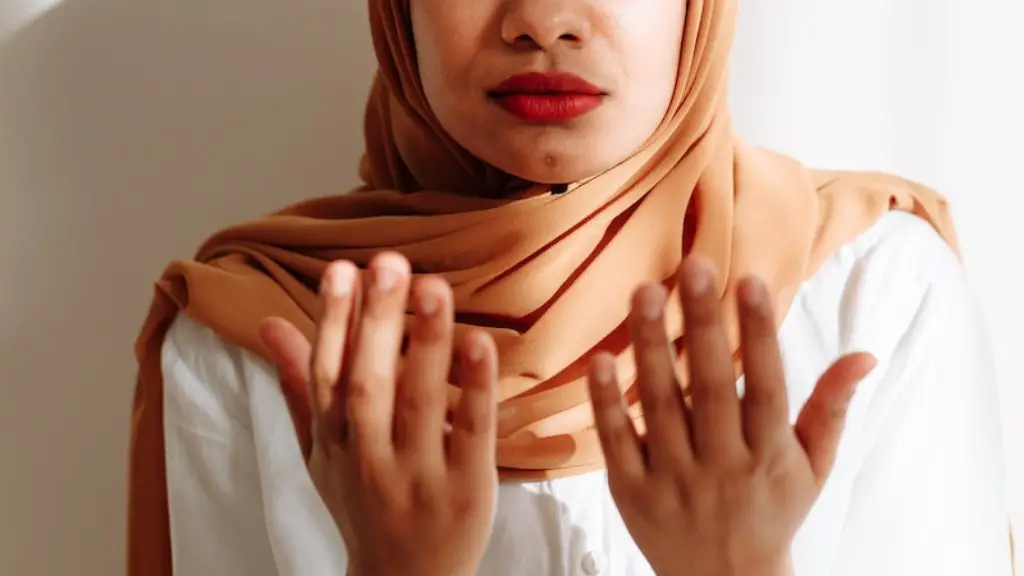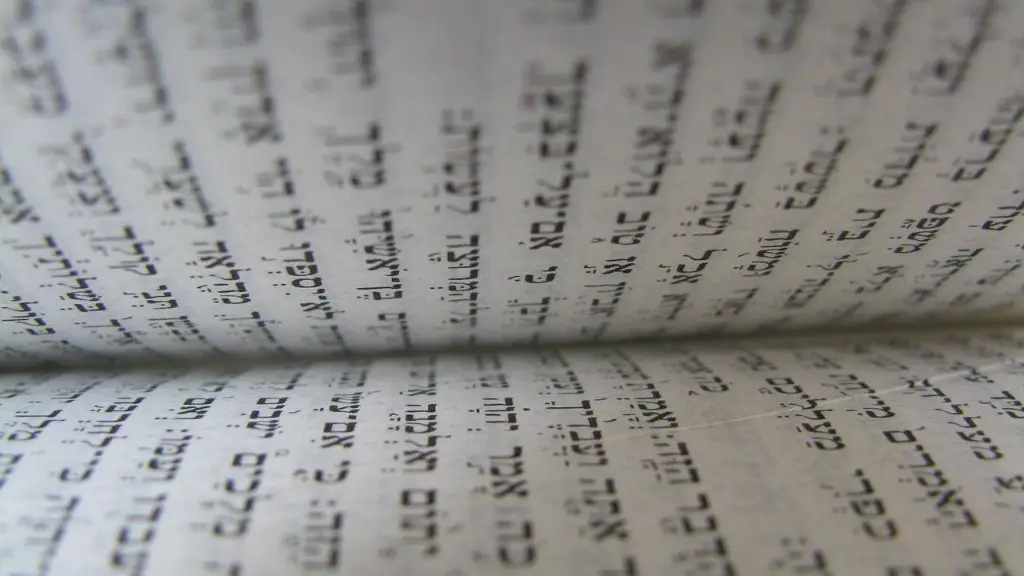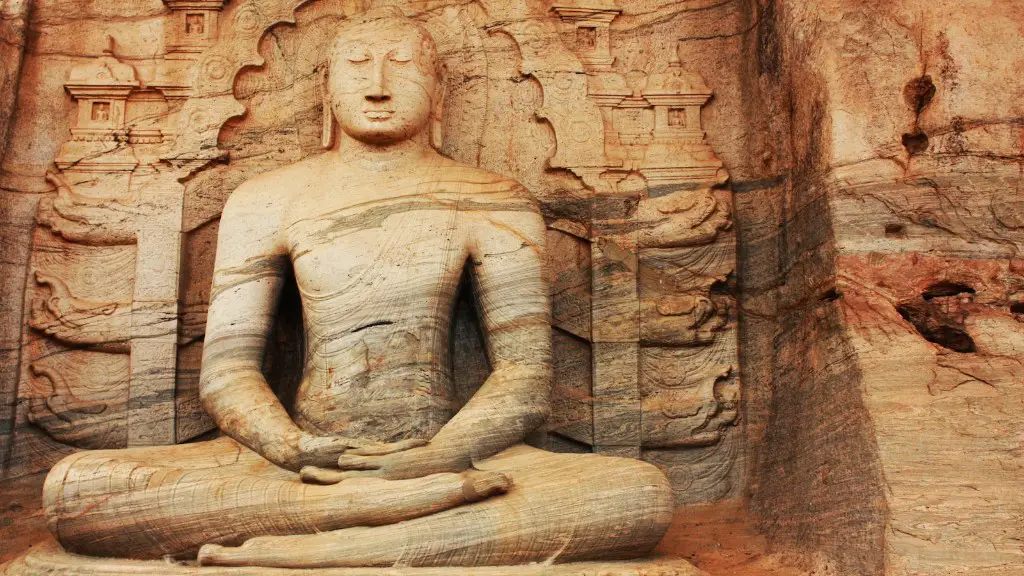When it comes to Halloween, there are so many questions surrounding its origins and whether it has any link to Christianity. Is Halloween rooted in Christianity or is it just a secular holiday designed for entertainment purposes? There has been a lot of debate and discussion surrounding this topic, and there is still no concrete answer as to its origins. While some people believe Halloween is deeply rooted in Christianity, others argue that it’s merely a way to have fun and enjoy a fall tradition. In order to understand the connection between Halloween and Christianity, one must look at the history behind the holiday and investigate any potential connections.
Halloween’s roots can be traced back to the ancient Celtic festival of Samhain, which was celebrated around the same time as All Souls Day. Samhain was a festival to honor the dead and it is believed that this tradition paved the way for All Souls Day, which is an annual celebration for all the faithful departed. Some believe All Souls Day eventually merged with Samhain, creating what is now known as Halloween. Others, however, argue that the two are distinct holidays with different meanings and origins.
According to some experts, Halloween is in fact rooted in Christianity. One theory is that it was created to distract people from the influence of paganism, which was common in Europe at the time. The idea was to create a holiday that would connect people to the church and its teachings. As a result, Christian elements such as birth, death, resurrection, prayer and repentance were woven into the celebration. For example, in some cultures, people would go to graveyards to pray and remember their deceased relatives. This was also a time of reflection and repentance, as people would use the opportunity to ask forgiveness for their sins.
Some scholars also believe that Halloween is rooted in Christianity because, historically, it was an occasion to prepare people for All Saints Day. This is the day to remember and honor all the Saints who lived and died, as well as to pray for the souls of the departed. Additionally, Halloween often incorporated religious symbols such as jack-o-lanterns, which were thought to represent the spirits of the dead or the souls of the departed. This was believed to ward off evil spirits and protect people from danger.
Despite these theories, not all experts agree that Halloween is rooted in Christianity. Some believe it is a secular holiday without any religious or spiritual significance. This is because, over the years, the meaning and purpose of Halloween have evolved. For example, today the holiday is largely focused on fun activities such as trick-or-treating, costume parties, and even ghoulish decorations. Some experts argue that this is more indicative of Halloween as a secular holiday than a religious one.
At the end of the day, much of the discussion surrounding the link between Halloween and Christianity is based on individual beliefs. Some may believe Halloween has nothing to do with Christianity, while others may be more inclined to view it as a religious holiday. Either way, it is important to consider the history behind the holiday and the many theories surrounding it in order to make an informed decision.
European Traditions
Halloween also has its roots in European traditions of the dead. In Medieval Europe, there were celebrations in honor of the dead that were used to ward off evil spirits. This celebration included bonfires, costumes, and masks. It was believed that dressing in costume or mask would confuse or scare away the evil spirits that were roaming around. This practice eventually evolved into what is now known as trick-or-treating, a popular Halloween activity.
In addition to Medieval Europe, many other ancient cultures believed that the souls of the dead would return to the world of the living on Halloween night. For example, in the British Isles, it was said that the spirits of the dead were said to wander the earth on Halloween night. As a result, people would put out food and offerings to appease the spirits and protect their homes from any potential harm.
In some cultures, Halloween was also a special time for fortune telling. For example, in Wales, young people would drive cattle between two bonfires in order to foretell the future. In Scotland, fortune telling was also a popular activity. People would try to predict their futures by baking cakes and cutting them into small pieces. The cakes were believed to contain prophetic messages and shapes.
The traditions of Halloween have changed over the years, but its links to Christianity remain somewhat unresolved. Some people believe that the traditions of Halloween are rooted in Christianity, while others view the holiday as more of a secular event. Either way, it remains an integral part of modern society and it can be a fun time of the year.
Halloween Decorations
Halloween decorations often reflect the holiday’s religious and pagan past. For example, jack-o-lanterns are a symbol of the souls of the dead, and candles are used to ward off evil spirits. Skulls and skeletons are also common decorations, which were believed to be manifestations of death. Other decorations such as bats, black cats, and witches are also believed to be associated with paganism.
Today, however, there is a wide variety of decorations used to celebrate Halloween. For example, many people choose to decorate their homes with orange and black pumpkins and cobwebs, as well as various ghosts and ghouls. Some people use props or decorations that look like monsters, such as gargoyles, zombies, and witches. Others prefer a more playful look and purchase decorations such as spiders and spider webs, bats, and vampires.
Halloween decorations have a long history, and they are often used to celebrate the unique traditions of the holiday. Whether they are used to help ward off evil spirits or to add a touch of spookiness to the holiday, Halloween decorations are a great way to celebrate the season.
Halloween Traditions
Halloween is celebrated with a variety of traditions from around the world. Some of the most popular Halloween traditions include trick-or-treating, costume parties, bobbing for apples, haunted houses, bonfires, and the carving of pumpkins. In the United States, trick-or-treating is the most popular tradition. Children and adults alike enjoy the thrill of going door to door in search of candy and treats.
Costume parties are also popular on Halloween. People dress up in elaborate costumes and makeup to become ghouls, vampires, witches, and ghosts. Costume parties like this have been popular since the 1920s when Hollywood began to make horror movies. People of all ages now embrace the horror genre and dress up as characters from their favorite films.
Bobbing for apples is a classic Halloween tradition that involves dropping apples into a tub or basin of water. Participants try to grab the floating apples with their mouths without using their hands. This game is believed to have originated in Celtic festivals and it is still popular today.
People also enjoy visiting haunted houses on Halloween. Haunted houses are great places to get a good scare and, for some people, a great way to release some of the fears and anxieties in their lives. In the United States, there are a number of professional haunted houses that people can visit.
Finally, bonfires and pumpkin carving are often a part of Halloween celebrations. People gather around the bonfire and tell ghost stories, while pumpkins are carved into jack-o-lanterns. In some cultures, the jack-o-lantern is a symbol of the souls of the dead, while in others it is believed to ward off evil spirits.
Halloween Mythology
Myths and stories about Halloween and its traditions have been passed down for generations. For example, it is believed that the idea for trick-or-treating originated from an ancient Celtic tradition in which people would dress in costumes and go from house to house in exchange for food. Another popular myth is that, on Halloween night, witches, ghosts, and demons roam the earth looking for unsuspecting victims to trick or scare.
The idea of the “evil” witch is also believed to be rooted in the ancient religions of Europe. Witches were often associated with evil forces and the belief in them was deeply rooted in the culture. In some places, witches were even seen as evil spirits or demons who were capable of inflicting harm or misfortune on unsuspecting victims.
These stories and myths are still a part of the Halloween experience. Whether it is the idea of witches flying around on brooms or the devil himself roaming in the shadows, these stories are often used to add an element of mystery and suspense to the holiday.
The Religious Context of Halloween
When considering the religious context of Halloween, it is important to remember that religion is a powerful force in our everyday lives. Even though Halloween is primarily seen as a secular holiday, it has a deep spiritual and religious meaning. There are many religious groups and organizations, such as churches and synagogues, that recognize the religious aspect of Halloween and hold gatherings to share its meaning and traditions.
Halloween is also a time of remembrance. On this day, many people take the time to remember and honor their ancestors and those who have passed away. For example, some people will visit cemeteries while others will light candles in memory of their loved ones. This is a way to connect with the spirits of the dead and to give thanks for their lives.
No matter what one’s beliefs surrounding Halloween may be, it is clear that the holiday has a deep spiritual and religious meaning. Whether it is rooted in Christianity or is merely a secular holiday, Halloween has continued to be an important part of our culture.


